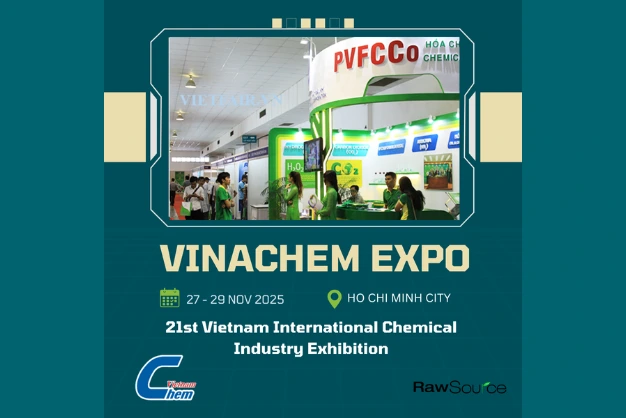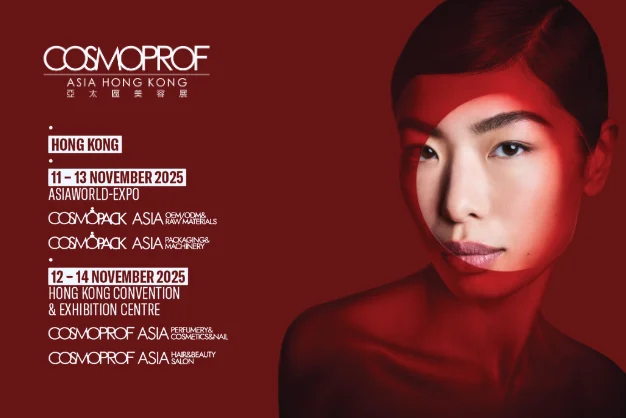TABLE OF CONTENTS
TABLE OF CONTENTS
Introduction
What is Phenyl Trimethicone?
7 Proven Phenyl Trimethicone Uses
1. Moisturizers and Serums
2. Sunscreens
3. Primers and BB Creams
4. Foundations and Concealers
5. Lipsticks and Lip Balms
6. Shampoos and Conditioners
7. Heat Protectants and Styling Products
Phenyl Trimethicone Uses: Safety & Side Effects
Is Phenyl Trimethicone Safe?
- Non-toxic and non-irritating
- Safe for all skin types, including sensitive skin
- Effective in low to moderate concentrations
Phenyl Trimethicone Side Effects
- Mild skin sensitivity or redness
- Allergic dermatitis in very rare cases
- Buildup if not properly cleansed
Usage Tips
- Perform a patch test when using new products
- Use clarifying shampoo to avoid silicone buildup
- Select cleansers with surfactants for skin to remove residue
Conclusion
Frequently Asked Questions (FAQs)
What is Phenyl Trimethicone?
Phenyl Trimethicone is a silicone used in skincare and haircare for its smoothing, conditioning, and protective properties. It improves texture, adds a silky feel, and enhances product longevity. Common Phenyl Trimethicone uses include moisturizers, primers, sunscreens, and hair serums.
Does Phenyl Trimethicone have any side effects?
Side effects are rare. Some people may experience mild irritation, such as redness or itching, especially if sensitive to silicones. Always patch test before using new products with Phenyl Trimethicone uses.
Can it be used with other skincare ingredients?
Yes. Phenyl Trimethicone uses are compatible with most actives like hyaluronic acid, niacinamide, and peptides. It blends well in various formulations without reducing effectiveness.
Is Phenyl Trimethicone safe for daily use?
Absolutely. Phenyl Trimethicone uses are approved by the FDA and EU for regular use. It’s non-toxic, non-irritating, and suitable for all skin types—including sensitive skin.
Does it clog pores?
No. One of the reasons behind popular Phenyl Trimethicone uses is its non-comedogenic nature. It forms a breathable barrier that locks in moisture without blocking pores.
Can it be used in clean or natural beauty products?
Yes. Many clean beauty brands include Phenyl Trimethicone uses due to its proven safety and lightweight feel. However, definitions of "clean" vary by brand.
How do I remove Phenyl Trimethicone from hair or skin?
Use a cleanser with surfactants—like a gentle face wash or clarifying shampoo. This ensures full removal and prevents buildup from repeated Phenyl Trimethicone uses.




